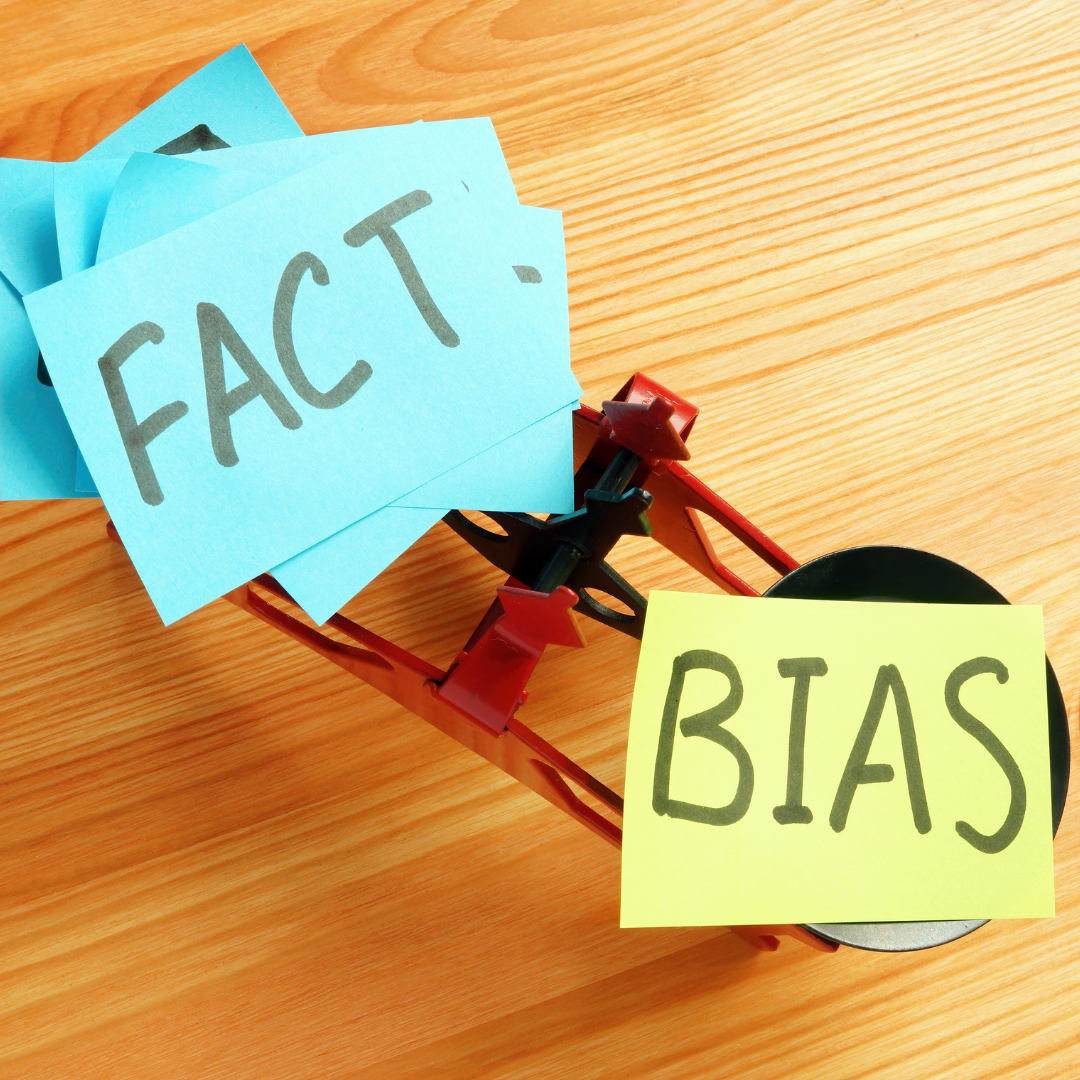Join America Back to Work, a weekly podcast, video, and blog series that covers timely and relevant topics affecting the labor market and workforce with industry experts. The series includes recruiting, hiring, retention, employee satisfaction, customer service, background screenings, and more.

Is Your Recruiting Program Suffering From Unconscious Bias?
ICYMI, earlier this week, we covered the 7 most expensive recruiting mistakes employers can make during hiring. Interestingly, unconscious bias made the list.
Diverse companies see 2.5 times higher cash flow per employee, higher revenues, increased employee engagement, and better retention numbers. That means companies without a fair, inclusive, and accessible recruiting process—free of unconscious bias—are missing out on top talent and all the financial rewards of hiring them.
What Is Unconscious Bias?
Unconscious biases are social stereotypes about certain groups of people that individuals form outside their conscious awareness. Everyone holds unconscious beliefs about various social and identity groups, and these biases stem from one’s tendency to organize social worlds by categorizing.
Unconscious bias in recruiting refers to forming opinions about candidates based on first impressions or irrelevant criteria, leading to less diverse teams and hindering business productivity. It might look like progressing someone onto the next stage because they went to the same high school as you or rejecting their application because of an employment gap.
Awareness of these biases and conscious decision-making can help mitigate their impact and lead to more effective, more fruitful hiring processes.
Types of Unconscious Bias in Recruitment
Unconscious bias shows up in different ways throughout the hiring process. Some of the most common types include:
- Affinity Bias: The tendency to favor candidates who share similarities with the interviewers or decision-makers, whether in background, interests, or appearance.
- Confirmation Bias: Seeking information in candidates that confirms preexisting beliefs or assumptions while disregarding contradictory evidence.
- Gender Bias: Preferring one gender over another, often based on stereotypes about roles or capabilities.
- Age Bias: Making assumptions about a candidate’s ability or fit based on age.
- Name Bias: Being influenced by a candidate’s name, which can imply their ethnic background, gender, or socio-economic status.
How to Identify Unconscious Bias In Your Recruiting Program
Looking for unconscious bias in your recruiting program requires a deep, honest evaluation of your processes and outcomes. Here are some indicators that your hiring process might be suffering from unconscious bias:
- Lack of Diversity in Hires: If your new hires generally look or think alike, unconscious biases may influence selection decisions.
- Inconsistencies in Interview Feedback: If feedback is based more on subjective impressions than objective criteria, biases may be at play.
- Over-Reliance on Referrals: While employee referrals can be valuable, relying too much on them might limit diversity, as employees tend to refer candidates like themselves.
- Similarity in Educational or Professional Backgrounds: Consistently hiring candidates from the same schools or companies may indicate affinity bias.
A great way to spot unconscious bias is to regularly collect and analyze data around recruiting so you can keep a pulse on hiring outcomes and trends. Consider starting the process with an audit of hiring practices to zero in on where change is urgently needed.
Mitigating Unconscious Bias in Recruiting
The first step to reducing unconscious bias in the hiring process is to address it openly and head-on through awareness training. Through awareness and reflection, employees learn to assess and shape their behavior and broaden their mindset, ensuring an empathetic workplace and hiring process welcoming diverse viewpoints and ideas.
Other steps employers can take to mitigate unconscious bias in recruiting include standardizing the interview process through structured interviews and a consistent set of questions for all candidates, creating diverse hiring panels to counterbalance individual biases, and incorporating blind screening processes that remove identifying information from resumes and applications to reduce initial biases.
Of course, you should also regularly conduct periodic audits of hiring data and processes to identify patterns of bias and take corrective actions.
For more expert insights into mitigating unconscious bias in recruiting and ways to make hiring more efficient and effective, check out this week’s episode of America Back to Work.
We sat down with Michael Potvin, CEO of Scorched Talent, an HR and talent management consultancy specializing in providing interim HR leadership solutions, tactical and strategic talent management solutions, and executive recruitment services to the private equity, medical diagnostic devices, and manufacturing industries.
Potvin is an award-winning HR and talent management professional with HR leadership experience at some of the world’s largest and most successful companies, including Siemens, GM, and Deloitte. Listen or watch the episode here.